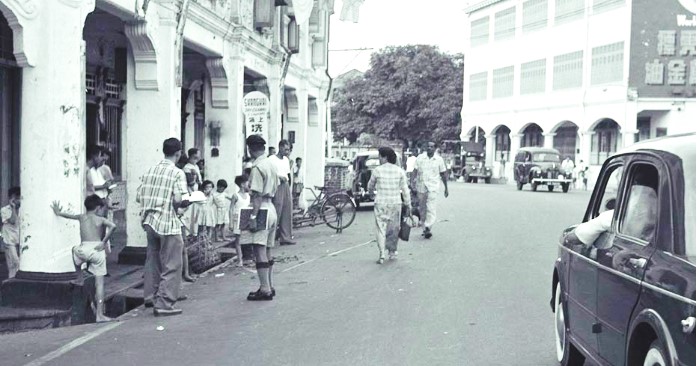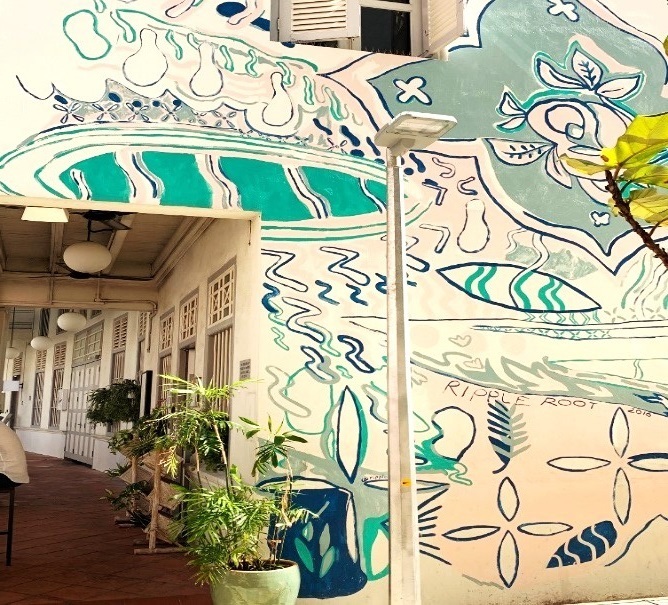Keong Saik Street
Keong Saik Street
By Lynn Loy
“Keong Saik Street was once a red-light district,” commented someone on the street. Immediately, my curiosity was piqued as I listened with interest. I whipped out my mobile phone to verify if the statement was a tale that spun
off as a fact. How could an innocuous street named in 1926 after a respectable and outstanding social reformist, Tan Keong Saik, be so notorious?

Little did I know that that statement was the trigger for my interest towards the transformation of this street, once a chain of traditional pre-war residential dwelling, meandering its way to restoration as an aspiring contemporary commercial hub within a span of nine decades or so. Restaurants, cafes, art galleries, bakery, bars, chic hotels or sorts, all seeking to establish themselves as casual and trendy establishments, beckoning their customers not to deny them a chance to prove what they can offer. Local eatery and coffee shops are no different, dishing out heaps of traditional, homemade or authentic specialties to boast their worth and entice their catch as well.

Keong Saik Street, at its worst was like a wayward child in the 1960s. It was influenced by its western counterpart, Smith Street which was an infamously known as a red-light district. As a result of their proximity, Keong Saik Street strayed and turned into a red light haunt as affluent merchants flocked there to find their mistresses. In contrast, the domestic helpers there, who embraced celibacy, took refuge in and worshipped at a nearby temple. The temple, Cundhi Gong Temple, which is sandwiched between the shop houses. As if prayers offered had its place, with the intervention of Urban Redevelopment Authority, Keong Saik Street was reinvented. A change of fate, one may call it, as the old has become new like a comeback kid, rebound from bad publicity and now thrives as a popular commercial hub.

